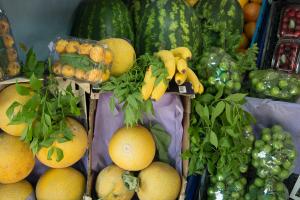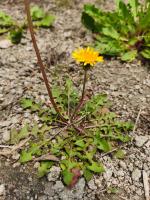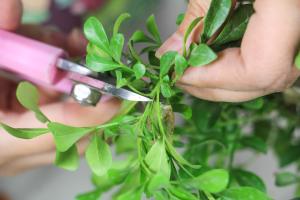What Fruit Tree Plants Are Compatible to Graft?
Grafting is a popular technique used to create hybrid fruit trees that combine desirable traits from different varieties. However, not all fruit tree plants are compatible for grafting. In this article, we will explore some of the key factors to consider when grafting fruit trees and identify which fruit tree plants are compatible for grafting.
Factors Affecting Fruit Tree Compatibility for Grafting
Before choosing which fruit tree plants to graft, it is important to consider several factors that can affect the compatibility of the graft:
1. Genetic compatibility. The graft will only be successful if the genetic makeup of the scion (the part of the plant being grafted onto the rootstock) and rootstock are compatible. Some fruit tree species are closely related and can be successfully grafted, while others are too genetically different and cannot be grafted.
2. Timing. Trees must be grafted during their dormant season, which varies depending on the species and location. Grafting during the wrong time can result in a failed graft.
3. Technique. Grafting requires precise cutting and alignment of the scion and rootstock. Improper technique can cause the graft to fail even if the species are compatible.
Compatible Fruit Tree Plants for Grafting
So, which fruit tree plants are compatible for grafting? Here are some examples:
1. Apple Trees. Apple trees can be successfully grafted onto other apple trees or crabapple trees. However, grafting apple trees onto pear trees is not recommended due to genetic incompatibility.
2. Pear Trees. Pear trees can be grafted onto other pear trees, as well as quince trees. However, avoid grafting pear trees onto apple trees, as mentioned before.
3. Citrus Trees. Most citrus trees can be grafted with success, including oranges, lemons, limes, and grapefruit.
4. Stone Fruit Trees. Stone fruit trees, such as cherries, plums, and peaches, can be grafted with success. However, it is important to note that some species within this group are not compatible (such as plums and cherries), so be sure to research which specific species can be grafted together.
5. Nut Trees. Many nut trees can be grafted, including walnut, hazelnut, and pecan trees. However, not all species within this group are compatible, so research is important.
Conclusion
Grafting is a useful technique for creating hybrid fruit trees, but choosing the right fruit tree plants to graft is crucial for success. Genetic compatibility, timing, and technique all play a role in ensuring a successful graft. Commonly compatible fruit tree plants for grafting include apple, pear, citrus, stone fruit, and nut trees, but it is important to research which specific species can be grafted together.

 how many times do yo...
how many times do yo... how many planted tre...
how many planted tre... how many pine trees ...
how many pine trees ... how many pecan trees...
how many pecan trees... how many plants comp...
how many plants comp... how many plants can ...
how many plants can ... how many plants and ...
how many plants and ... how many pepper plan...
how many pepper plan...































